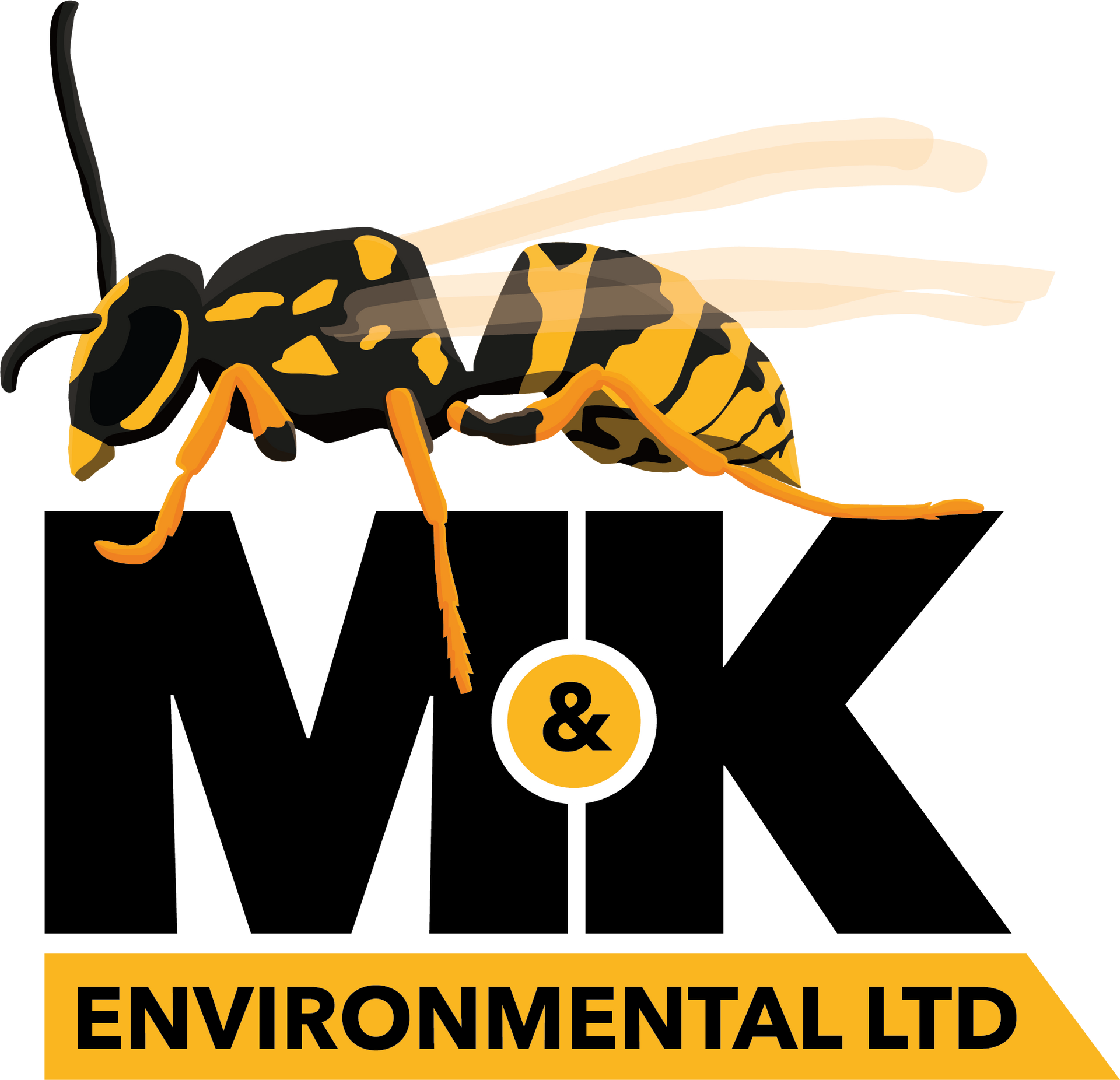
Beetles.
Beetles are usually a hard exoskeletal group of insects. There are many varieties of the species (c. 400,000). They feed on plants, fungi and other invertebrates.
Signs
Potential carpet degradation; visual presence.
Treatment
With appropriate residual chemical.
Frequency
Normally one visit will cure the issue.
Chemicals used
All chemicals are licensed under EU and UK legislative laws.

Bees.
Bees are flying insects and are closely related to ants and wasps.
There are over 16,000 known species of bee.
Signs
Major bee flying activity along a similar flight path to a colony opening either in the ground or around your building.
Treatment
Our initial strategy would be to relocate the bees to one of the various bee-keepers close to the issue.
Frequency
Normally one visit will cure the issue.
Chemicals used
All chemicals are licensed under EU and UK legislative laws.

Rats.
Rats are a common type of rodent known for their adaptability and ability to thrive in various environments.
Signs
Rats are nocturnal creatures, meaning they are most active during the night, they are highly intelligent and cautious creatures, which can make them challenging to control.
Treatment
Excelusion. Sanitation. Rodenticides.
Frequency
Return visits are usually required.
Chemicals used
All chemicals are licensed under EU and UK legislative laws.

Flies.
Cluster flies are often mistaken for a house flies due to their similar appearance. Cluster flies tend to be tinged with yellowish coloured hairs on their thorax.
Signs
Buzzing around windows in the day enticed by the light and withdrawing somewhere dark and quiet (usually a loft or cavity wall) during the night. They usually get active in the spring leaving to breed in the summer.
Treatment
Proprietary residual spraying unless protected bats are in vicinity.
Frequency
Normally one visit will cure the issue.
Chemicals used
All chemicals are licensed under EU and UK legislative laws.

Cockroaches.
Cockroaches are insects that belong to the order Blattodea. They have been around for millions of years and are highly adaptable creatures, capable of surviving in various environments..
Signs
Infesting of homes and commercial spaces.
Treatment
Sanitation. Baits. Insecticides. Natural Remedies.
Frequency
Return visits are usually required.

Moles.
Moles are small, burrowing mammals that belong to the Talpidae family. Controlling moles can be challenging, but there are several methods we can use.
Signs
Their digging can create unsightly mounds and see damage to plant roots.
Treatment
Trapping. Repellents. Flooding.
Frequency
Return visits are usually required.
Chemicals used
All chemicals are licensed under EU and UK legislative laws.

Squirrels.
While squirrels are generally harmless and play an essential role in the ecosystem by aiding in seed dispersal, they can become pests when they intrude into human living spaces or cause damage to property.
Signs
Possible intrusion into human living spaces or cause damage to property.
Treatment
Prevention. Repellents. Trapping. Possible dispatch if required.
Frequency
Return visits are usually required.
